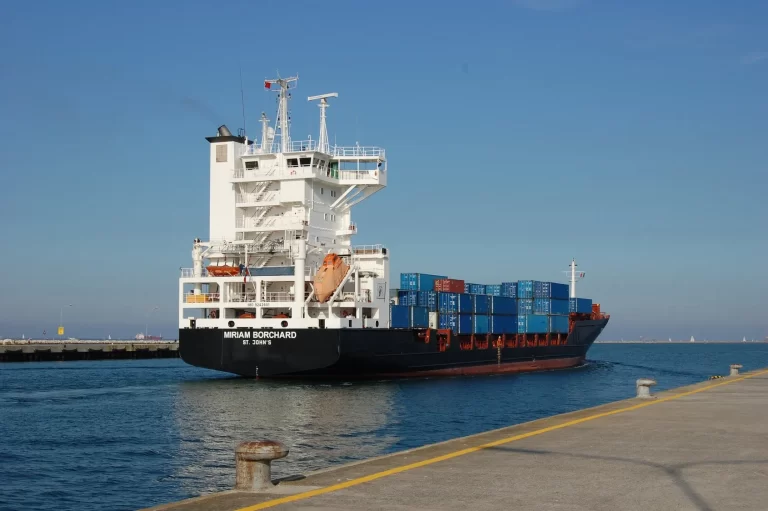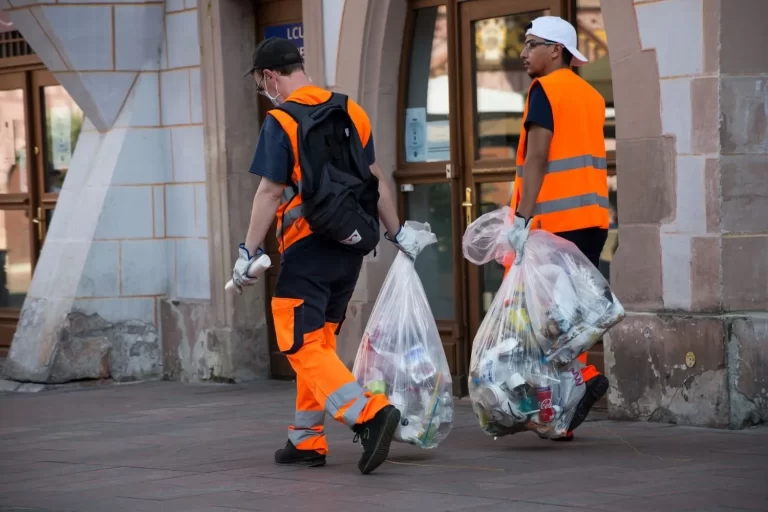How Pressure Washing Keeps Your Car Safe
If you are the sort of person that has never gotten pressure washing done prior to this point on the timeline, there is a strong level of likelihood that you would be somewhat confused about why people actually for this service in the first place. After all, you can get by just fine with sweeping and mopping, but you should know that pressure cleaning is not meant to replace these basic household cleaning tasks once all has been said and is now out of the way.

Rather, pressure washing is used a lot more often for things like driveway cleaning. Driveways don’t get all that dirty during the span of a few months, but give them a year or two and you would find that they are practically covered from one end to the other with loose debris. This debris can give your car some sudden jolts and shakes which would damage it and allow it to survive for a shorter duration than might have been the case otherwise. The reason behind this is that your car’s shock absorbers would eventually give in to the jolts and stop providing you with any protection.
Hence, by cleaning your driveway with high pressure water jets, you can keep your car extremely safe. Having access to some kind of a vehicle is really important because it helps you get around town without requiring time wasting public buses or expenses taxis. If your car were to get damaged, this could restrict your mobility in a way that would seem impossibly annoying. The good news here is that pressure cleaning helps you to prevent such situations and maintain your car in an excellent way.



 Time Requirement
Time Requirement















